STIR/SHAKEN statistics from October 2022
SHAKEN participation was up in October, but the percentage of signed calls remains flat. Why is that? Let’s have a look.
We’ve been publishing monthly STIR/SHAKEN statistics since April 2021. These numbers are gathered from over 100 voice service providers using our STIR/SHAKEN and robocall prevention solutions. The data describe calls they received from 499 other voice service providers that originated calls, including some robocalls, signed with STIR/SHAKEN.
Many Robocalls are signed with B or C attestation
Calls Signed with C Were Almost 5 Times More Likely to be Robocalls
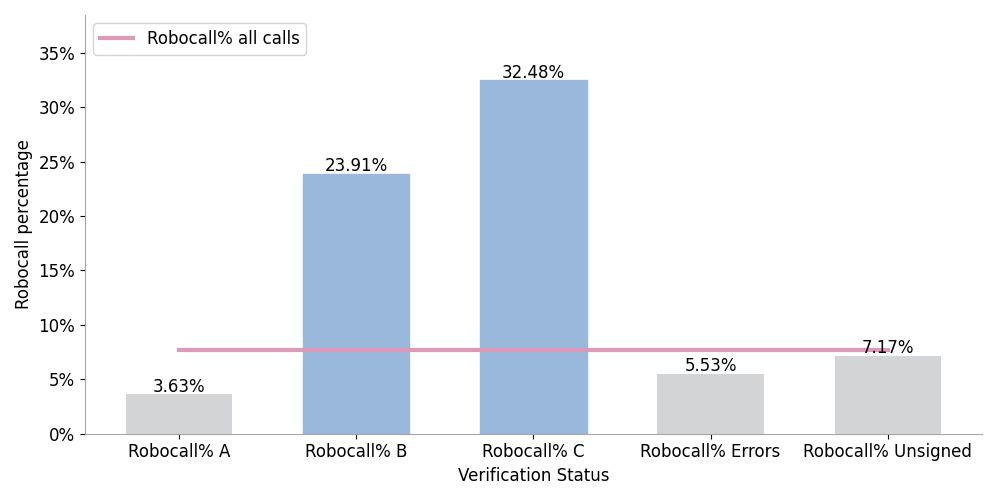
Figure 1. Robocall % by Verification Status in October 2022
Figure 1 compares the percentage of robocalls by attestation level, for unsigned calls, and for all calls in October 2022.
The red line shows the robocall percentage for all calls, which was 7.68%. As we’ve reported in previous months, many of these calls were signed by a downstream intermediate provider using their own SHAKEN certificate. This is how robocallers and robocall-friendly providers have adapted to the call authentication and robocall mitigation regulations.
Signed Robocalls Up Slightly in October
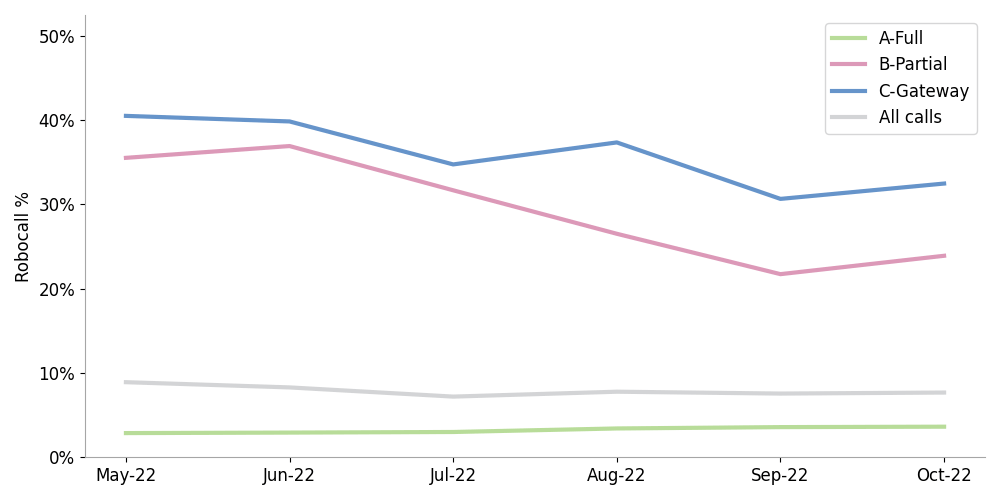
Figure 2. Signed Robocalls by Attestation Last 6 Months
Figure 2 shows this trend over the past six months. Robocalls signed with B and C attestation were up slightly from September.
Calls signed with C attestation continue to be almost 5 times more likely to be robocalls than unsigned calls.
SHAKEN participation increases
We measure SHAKEN participation in two ways:
- The number of Originating Service Providers (OSPs) signing calls received by our customers
- The number of service providers authorized to do SHAKEN by the STI Policy Administrator (STI-PA)
There are some encouraging trends in SHAKEN participation.
Increase in SHAKEN Participation
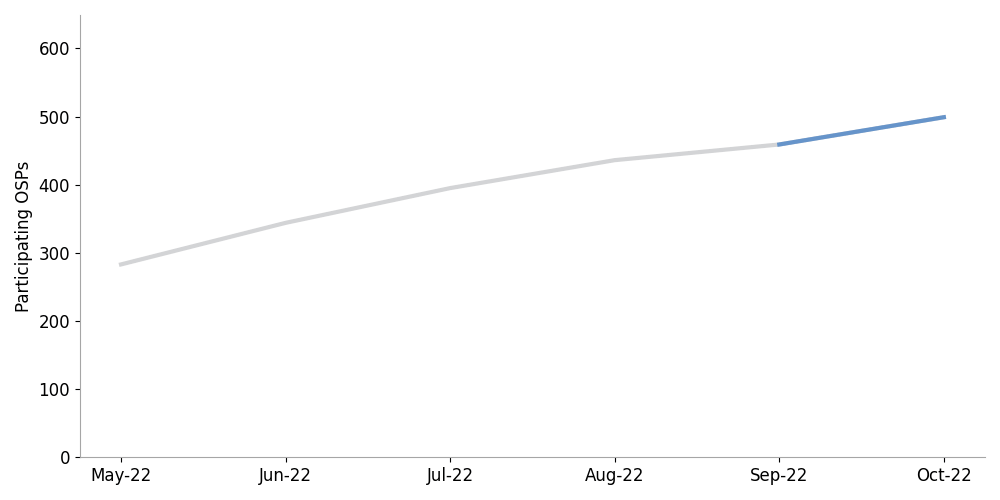
Figure 3. Monthly Number of OSPs Sending Signed Calls
Figure 3 shows that the number of Originating Service Providers (OSPs) signing calls increased from 459 in September to 499 in October, an 8.7% increase. This follows a 5.3% increase in September.
Increase in SHAKEN Authorized Providers
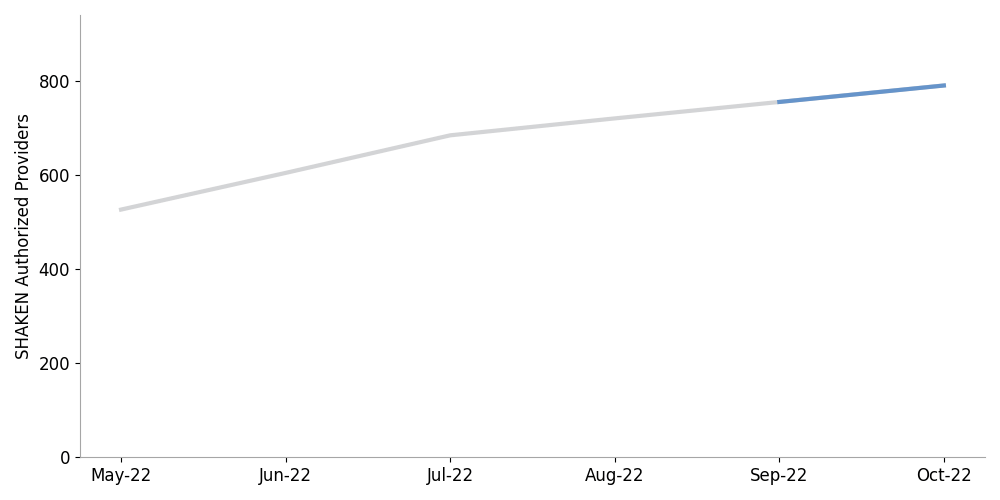
Figure 4. STIR/SHAKEN Authorized Providers by Month
Figure 4 shows that the number of SHAKEN authorized providers increased 4.6% in October, from 756 to 791. This follows a 4.9% increase in September.
Few calls reach their destination signed
Despite a steady monthly increase in SHAKEN participants, we aren’t seeing an increase in the percentage of signed calls received at termination.
Most Calls Arrive Unsigned
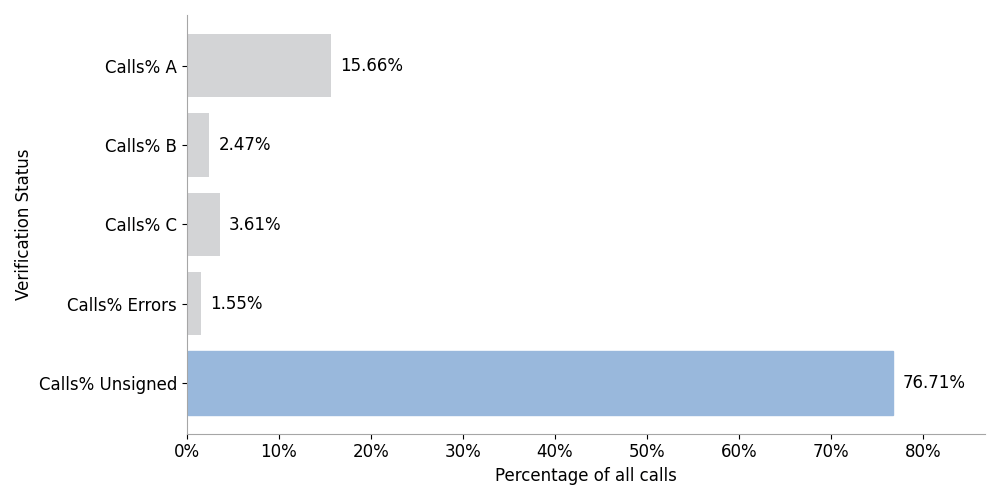
Figure 5. Percentage of Calls by Verification Status
Figure 5 shows that 76.71% of calls received for termination were unsigned, almost the same as September, when 76.91% of calls were unsigned.
Percentage of Signed Calls at Termination Stays Level
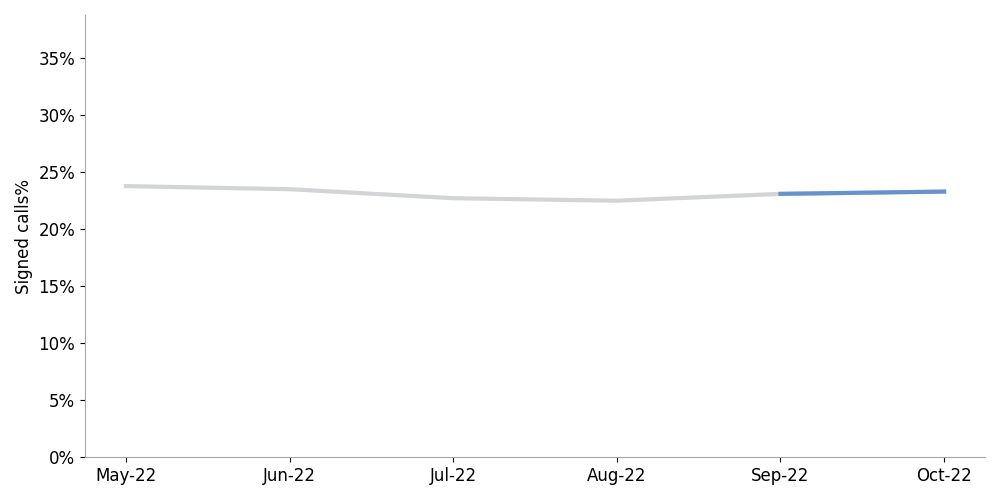
Figure 6. The Percentage of Signed Calls at Termination Last 6 Months
Figure 6 shows that the percentage of signed calls at termination continues to hover around 23–24%, despite the steady increase in OSPs and SHAKEN authorized providers signing calls at origination.
Few calls receive full attestation
STIR/SHAKEN provides the greatest value when OSPs sign their outbound calls with full A-level attestation. This provides attestation that the caller is who they say they are, and that the calling number was not spoofed. OSPs are in the best position to know that. Their full attestation makes robocall prevention call analytics much more effective.
Few Calls Are Signed with Full Attestation
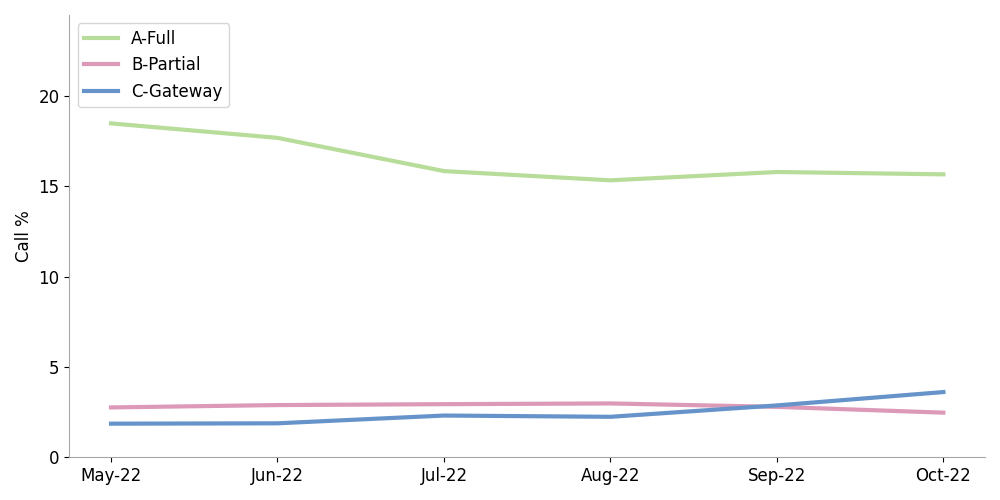
Figure 7. Percentage of Calls with SHAKEN Attestation Levels Last 6 Months
Figure 7 shows that the percentage of calls signed with full A-level attestation is low, in the 15%–20% range, and has been falling over the last six months.

What these statistics tell us
- Signed robocalls continue their downward trend but are still high. The downstream provider signing exploit allows robocalls into the SHAKEN ecosystem with no consequences for robocall-friendly providers.
- SHAKEN participation continues its upward trend at a steady pace. This is great news.
- Signed calls remains stuck at around 23–24%, despite the steady increase in SHAKEN participation. This is because of the non-IP SHAKEN extension.
- The number of calls signed with full A-level attestation, the most valuable type of SHAKEN activity, is low, in the 15%-20% range, and declining.
Improving the STIR/SHAKEN ecosystem
Third-party signing by a downstream intermediate provider, using the third party’s own SHAKEN certificate, does not make the OSP a SHAKEN participant. They should not be allowed to claim a SHAKEN implementation. The rules should be tightened up on this to conform with the STIR/SHAKEN standards and to hold robocall-friendly providers accountable.
The FCC should phase out the non-IP SHAKEN exemption. Standardized methods have been approved and are commercially available to enable SHAKEN information to be carried through or around non-IP barriers in the call path.
Those providers that still rely on non-IP networks should be required to either convert to IP or use one or more of these methods. This will enable call authentication information from the OSP, the most valuable kind, to make it all the way to the terminating service provider. This will help STIR/SHAKEN to reach its full potential.
TransNexus solutions
TransNexus is a leader in developing innovative software to manage and protect telecommunications networks. The company has over 20 years’ experience in providing telecom software solutions including toll fraud prevention, robocall mitigation and prevention, TDoS prevention, analytics, routing, billing support, STIR/SHAKEN and SHAKEN certificate services.
Contact us today to learn more.
Our STIR/SHAKEN products:
- Work with your existing network
- Support SIP and TDM
- Affordable, easy to deploy